Soft Tissue Massage Therapy
What is Massage Therapy?
Massage therapy is a treatment in which a massage therapist mobilises, kneads, rubs, and strokes the soft tissues of the body. Massage therapy may help people relax, relieve stress and pain, lower blood pressure, and improve circulation. An increasing number of clinical research studies show massage reduces heart rate, lowers blood pressure, increases blood circulation and lymph flow, relaxes muscles, improves range of motion, and increases endorphins (enhancing medical treatment).
Why do I need Massage?
Take a look at the environment around us and the lifestyle we live. Each day we are faced with a lot of physical challenges: as desk-based workers with hands over a keyboard, as construction workers lifting heavy loads repeatedly, or as HGV drivers sitting for long periods with not much support. These factors all lead to physical and mental stresses that eventually become evident as physical pain.
So Massage therapy seeks to address some of these symptoms. While there seems to be universal agreement that massage “feels good”, it also offers many specific benefits.
The therapeutic use of massage:
- Relaxes all systems of the body, most particularly the circulatory, muscular, and nervous systems.
- Effective in the control of pain, both chronic and acute, in stress reduction, and in creating a sense of relaxation and well-being.
- Historical and current research document the physiological effects of massage, many of which are due to the movement of the therapist’s hands over the body, physically stretching the muscles, encouraging circulation, inhibiting muscle spasm, and sedating or stimulating the nerves to ease pain or promote function as necessary.
- Some other effects are not well understood, such as decreased anxiety following treatment. Some physical and psychological effects may be due to the release of endorphins, the body’s natural painkillers.
At Resilient Healthcare, a trained massage therapist focuses on the normalisation of the soft tissues affected by stress, injury, and illness through the use of manual techniques that improve circulation, enhance muscular relaxation, relieve pain, reduce stress, enhance immune function, or promote health and well-being.
You don’t need to be injured or in pain to experience massage; it can be used as a tool to help facilitate your general well-being. Many people seek massage therapy regularly to help them perform at their best and feel positive about themselves.
Although therapeutic massage does not increase muscle strength, it can stimulate weak, inactive muscles and, thus, partially compensate for the lack of exercise and inactivity resulting from injury or illness. It can also hasten or lead to a more complete recovery from exercise or injury.
Therefore, At Resilient Healthcare, we integrate massage therapy treatment into Physiotherapy treatments as well, so that we get the overall desired outcome quickly and more effectively.
Frequently Asked Questions
What should I wear?
On the first session, your massage therapist has to do a thorough assessment, which involves feeling the soft tissue in the area affected. Please avoid using very tight clothing, which can affect the outcome of the assessment. We will provide one-time-use towels and gowns that you can use while going through a massage treatment.
How do I book appointment?
To book an appointment At Resilient Healthcare Walsall Clinic, you can call us at 07859757700, email us at info@theresilienthealthcare.co.uk, or book online at our website, www.theresilienthealthcare.co.uk.
Physiotherapy Solutions
Physiotherapy helps to regain, maintain and improve normal activities when it is affected by injury, pain, illness or disability. Physiotherapist can undertake an extensive subjective assessment, physical examination, investigation referrals, diagnosis, medication prescription, joint injections, patient education, health promotion, management, prognosis, disease prevention, physical intervention, rehabilitation andlead chronic pain management program. Physiotherapy management includes prescription of specific exercises, manual therapy, manipulation, soft tissue massage, deep tissue massage, sports massage, use of electrotherapy modalities such as Ultrasound therapy, Interferential Therapy (IFT), Shockwave Therapy, hot and cold therapy and Laser therapy.

Deep Soft Tissue & Sports Massage
If you can feel the tensions building up in your muscles through sport or through being on your feet all day
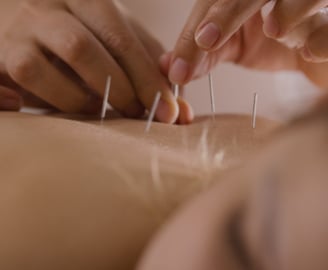
Acupuncture
Acupuncture is an ancient Chinese procedure designed to target certain areas of the body to eliminate pain

Work Related Injuries
Rehab
To safely return the wounded worker to work, provide a progressive and individualised therapy program

Chronic Pain Management
There is currently no solution for chronic pain, other than identifying and treating
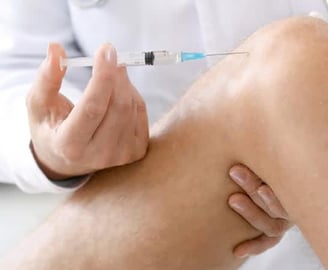
Joint Injections
Joint injections are non-surgical procedures in which anesthetic and corticosteroid solutions

Whiplash Injury
Rehab
Techniques to minimise pain and promote neck range of motion may be used in the beginning of treatment.
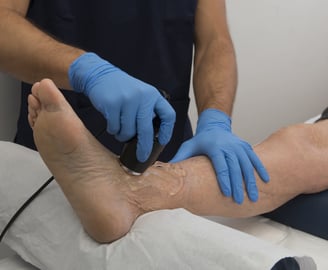
Shockwave Therapy
Shockwave therapy is a non-invasive treatment that involves using a gel medium to apply
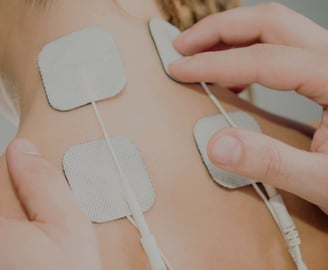
Electrotherapy Modalities
Electrotherapy modalities (also known as electrophysical agents) are methods of physical therapy
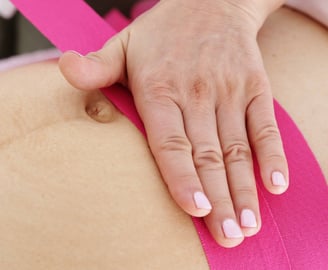
Kinesio Taping
Kinesiology tape is a therapeutic tape that is carefully applied to the body to give support
